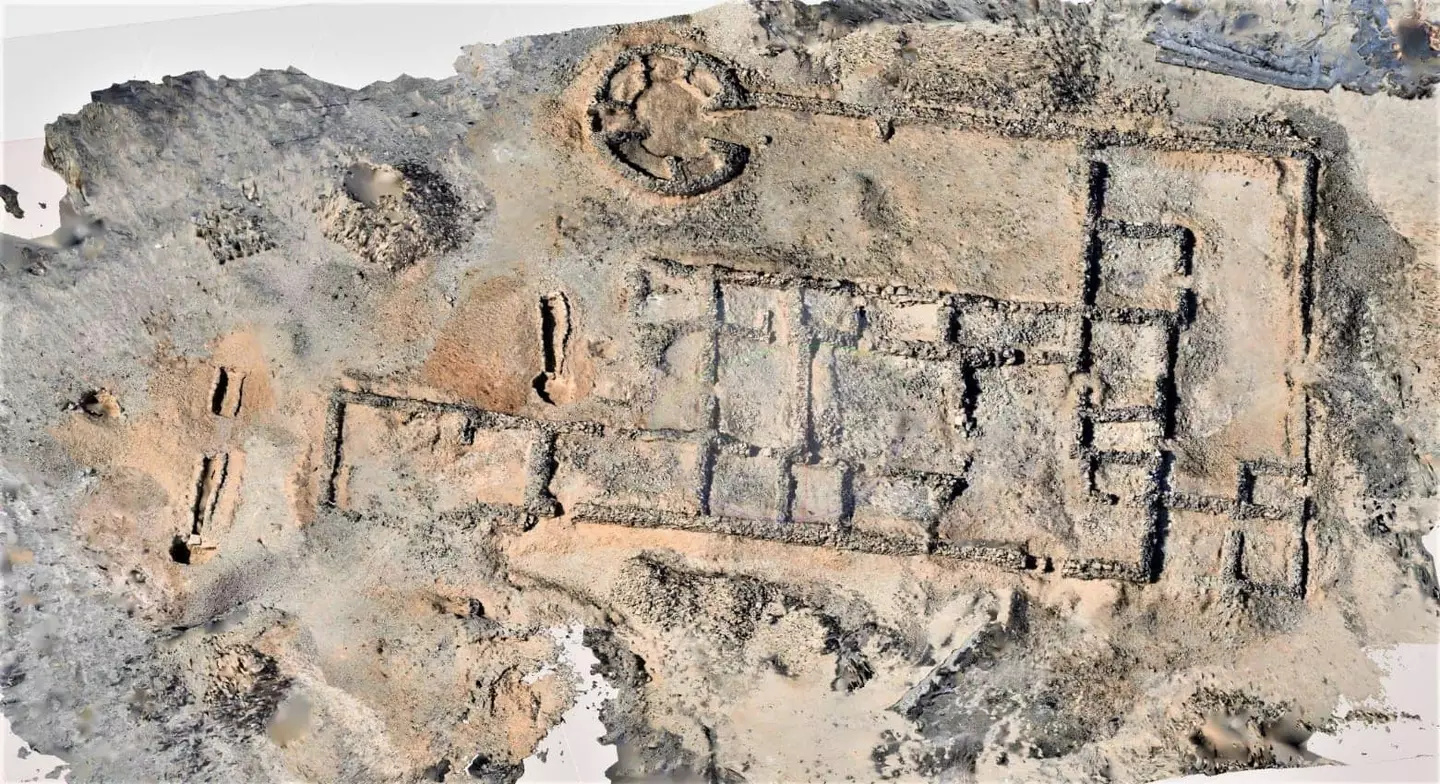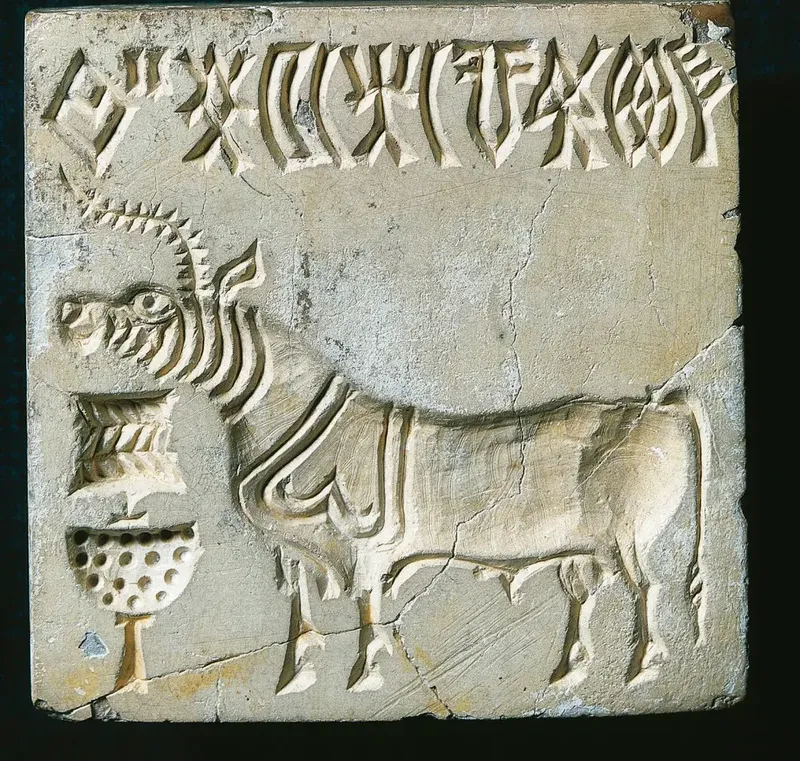Venus, the Roman goddess of love, beauty, fertility, and prosperity, held a prominent place in Roman religion and society. Adapted from the Greek goddess Aphrodite, Venus was revered not only for her romantic and sensual qualities but also as a divine protector of Rome, particularly through her role as Venus Genetrix, the ancestral mother of the Roman people. Her worship was marked by grand festivals, elaborate rituals, and deep political significance.
Religious Practices and Temples
The worship of Venus in Rome was widespread, with numerous temples and altars dedicated to her throughout the city. Offerings of flowers, incense, and perfumes were commonly made at her shrines, and statues of the goddess adorned both public and private spaces. Worshipers sought her blessings in matters of love, marriage, and personal beauty, believing that her favor could bring harmony and fortune.
One of the most significant temples dedicated to Venus was the Temple of Venus Genetrix, built by Julius Caesar in 46 BCE. Caesar claimed descent from Venus through the Trojan hero Aeneas, using her divine status to legitimize his rule. This temple became an important site for political and religious ceremonies, emphasizing Venus’s role as a maternal figure and protector of Rome.
Festivals in Honor of Venus
Venus was honored in several major festivals, each celebrating different aspects of her divine influence:
Veneralia (April 1st) – This festival was dedicated to Venus Verticordia, a form of Venus associated with chastity and moral transformation. Roman women, both married and unmarried, participated in rituals to seek Venus’s guidance in love and relationships. They washed her statues in fresh water and adorned them with flowers to ensure her continued favor.
Venus Erycina Festival (April 23rd) – Celebrated in honor of Venus Erycina, a warlike aspect of the goddess originally worshiped in Sicily, this festival was associated with military success and divine protection. Her temple on the Capitoline Hill became a place where generals and soldiers prayed for victory.
Venus Genetrix Festival (September 26th) – Dedicated to Venus as the ancestral mother of the Roman people, this festival reinforced her political and cultural importance. Lavish ceremonies were held at the Temple of Venus Genetrix, where Romans paid homage to their divine origins.
Venus and Roman Society
Beyond her religious significance, Venus influenced Roman art, literature, and daily life. She was often depicted in sculptures and frescoes as an idealized symbol of beauty, and poets like Ovid and Virgil wrote extensively about her influence on human desires and destiny. Romans sought her blessings in personal affairs, from romantic relationships to social status, believing that her favor could lead to success and happiness.
Conclusion
The worship of Venus in ancient Rome blended devotion, politics, and social values. She was not only a goddess of love and beauty but also a symbol of divine lineage, military strength, and prosperity. Through her temples, festivals, and myths, Venus remained a central figure in Roman religious life, shaping both personal and public identities for centuries.






































